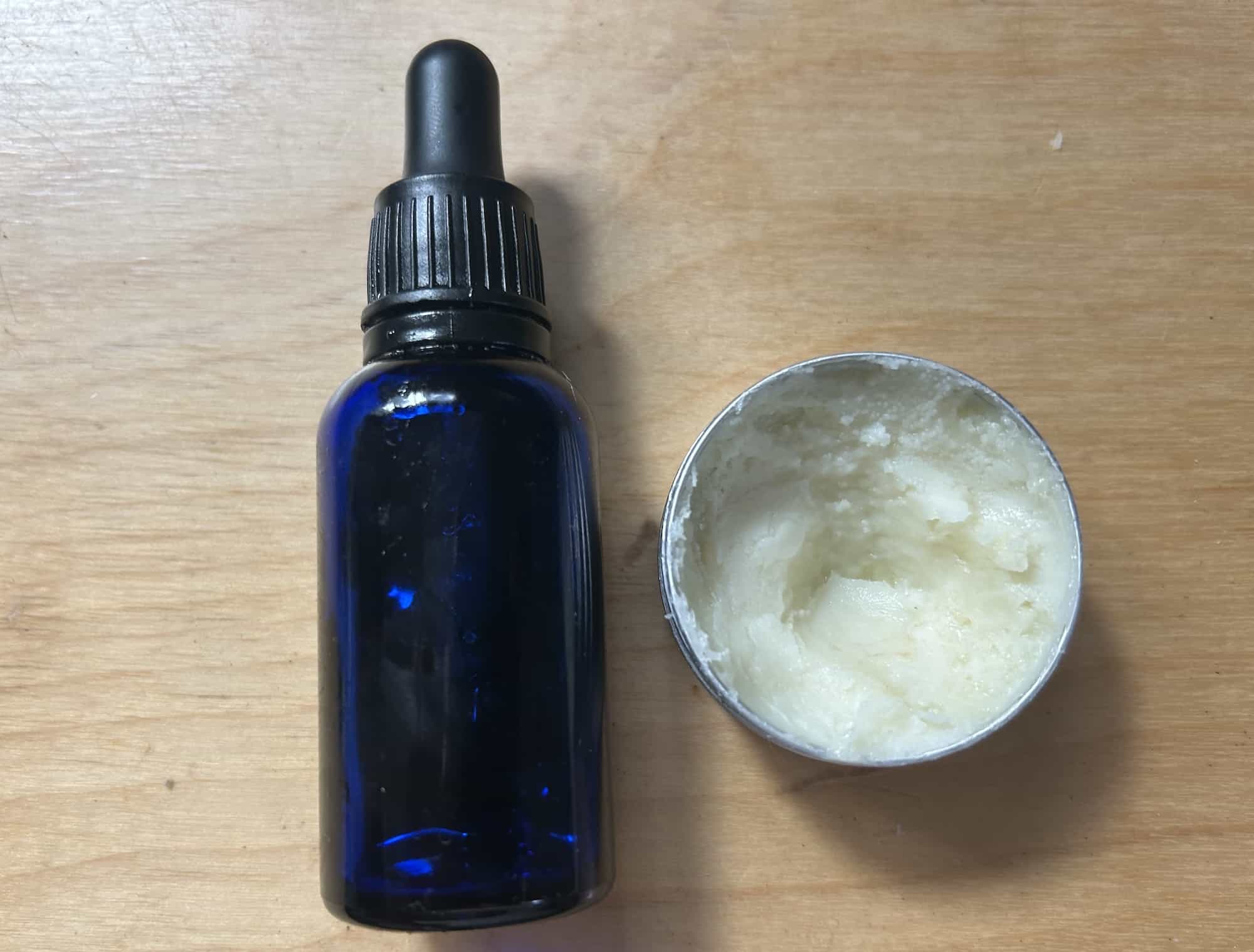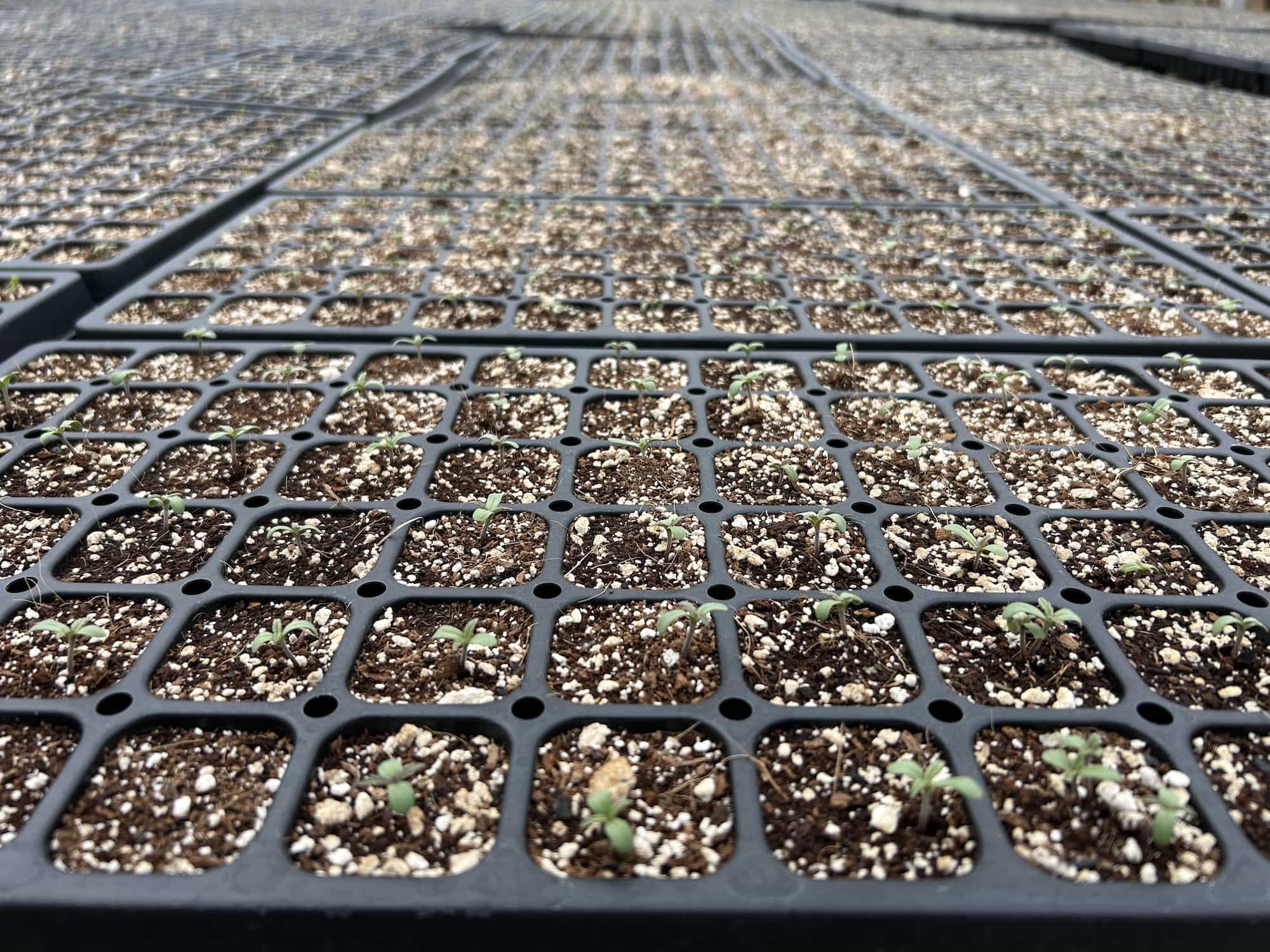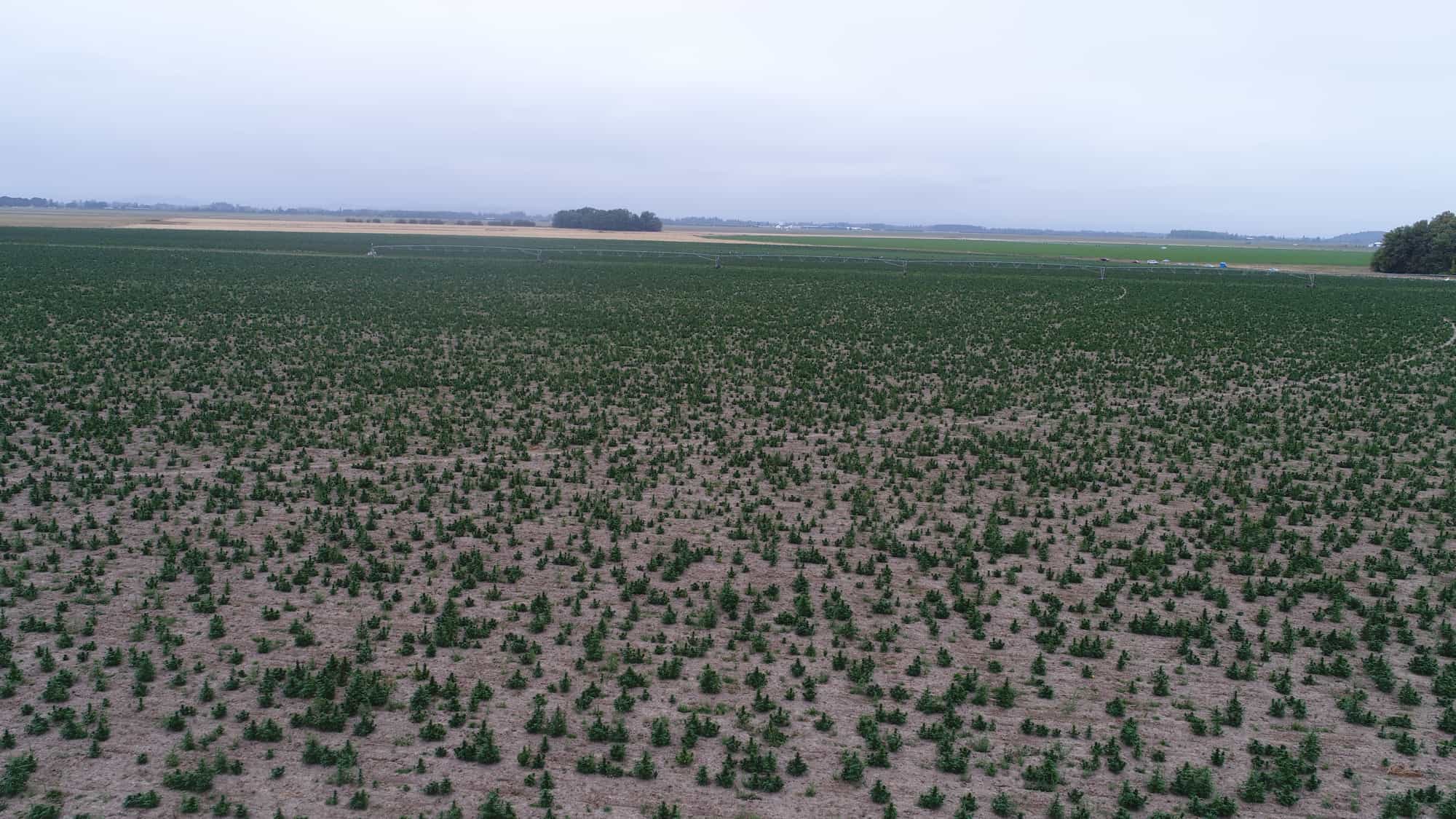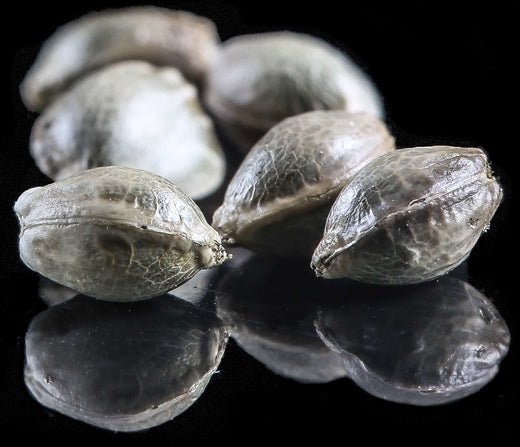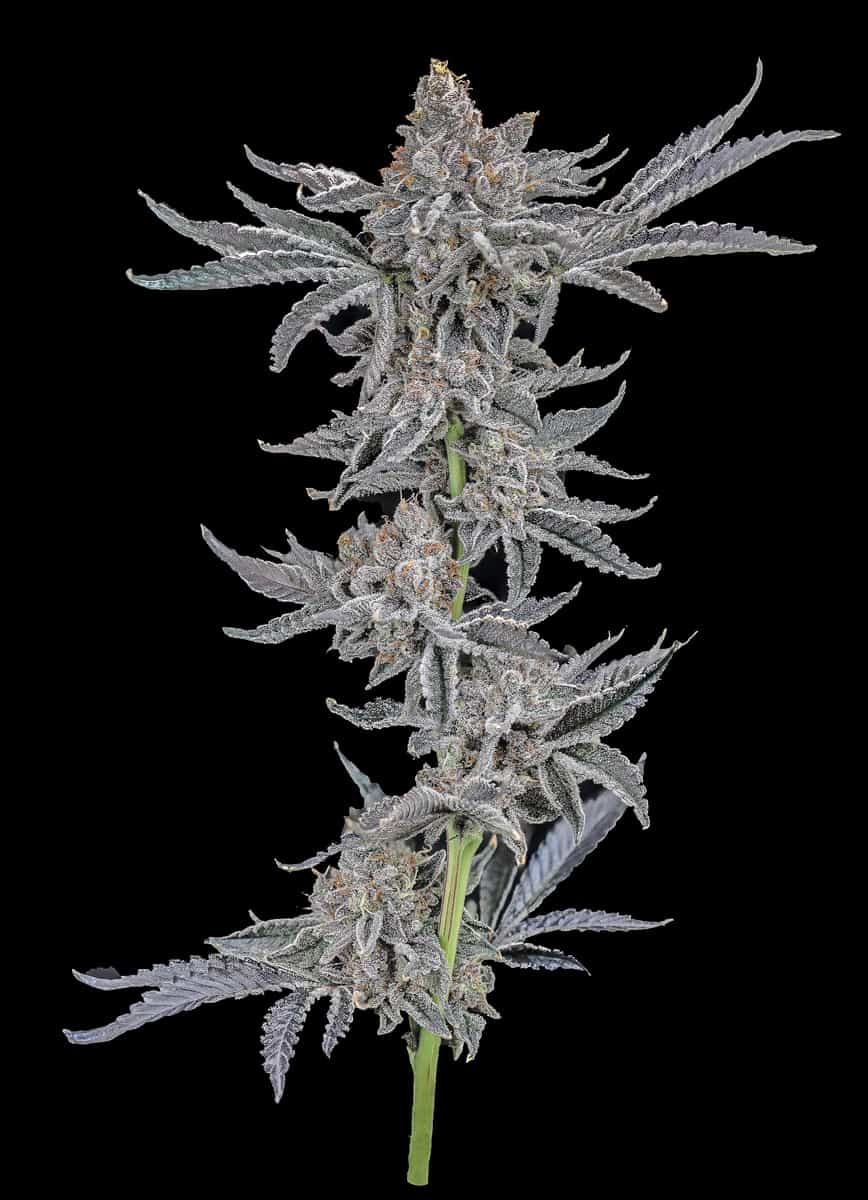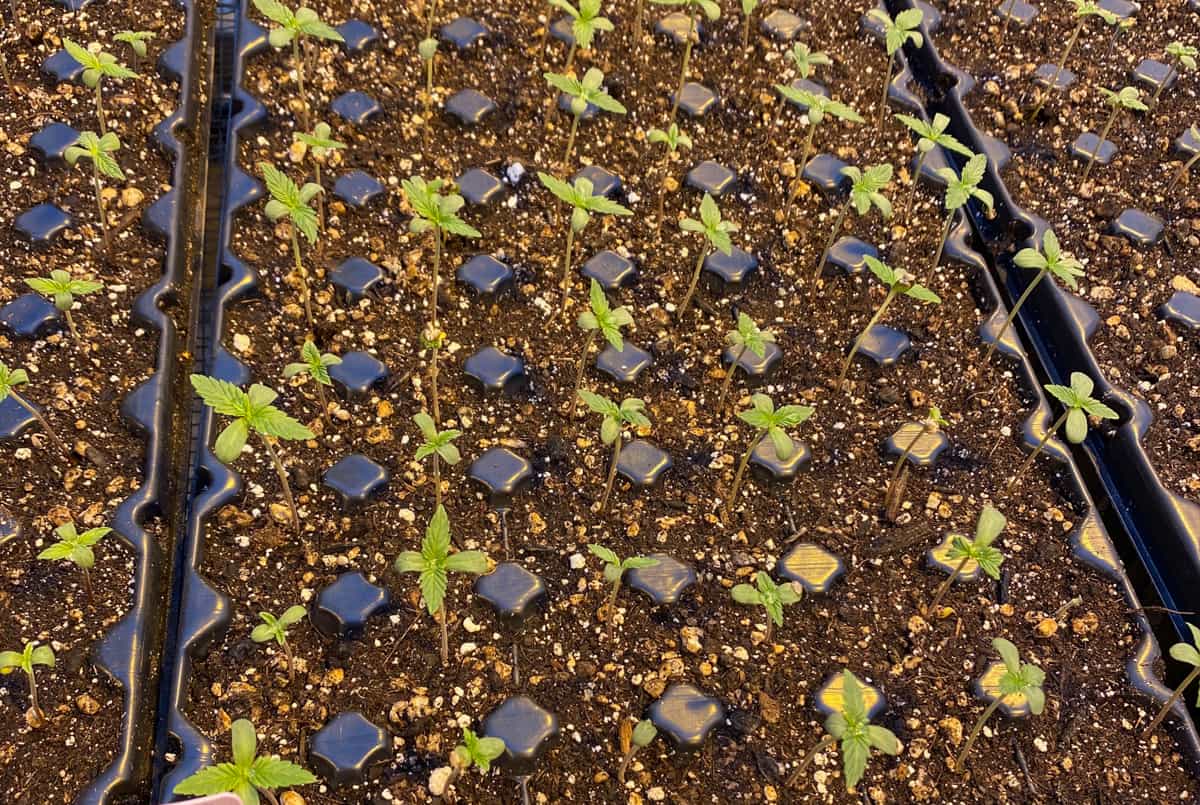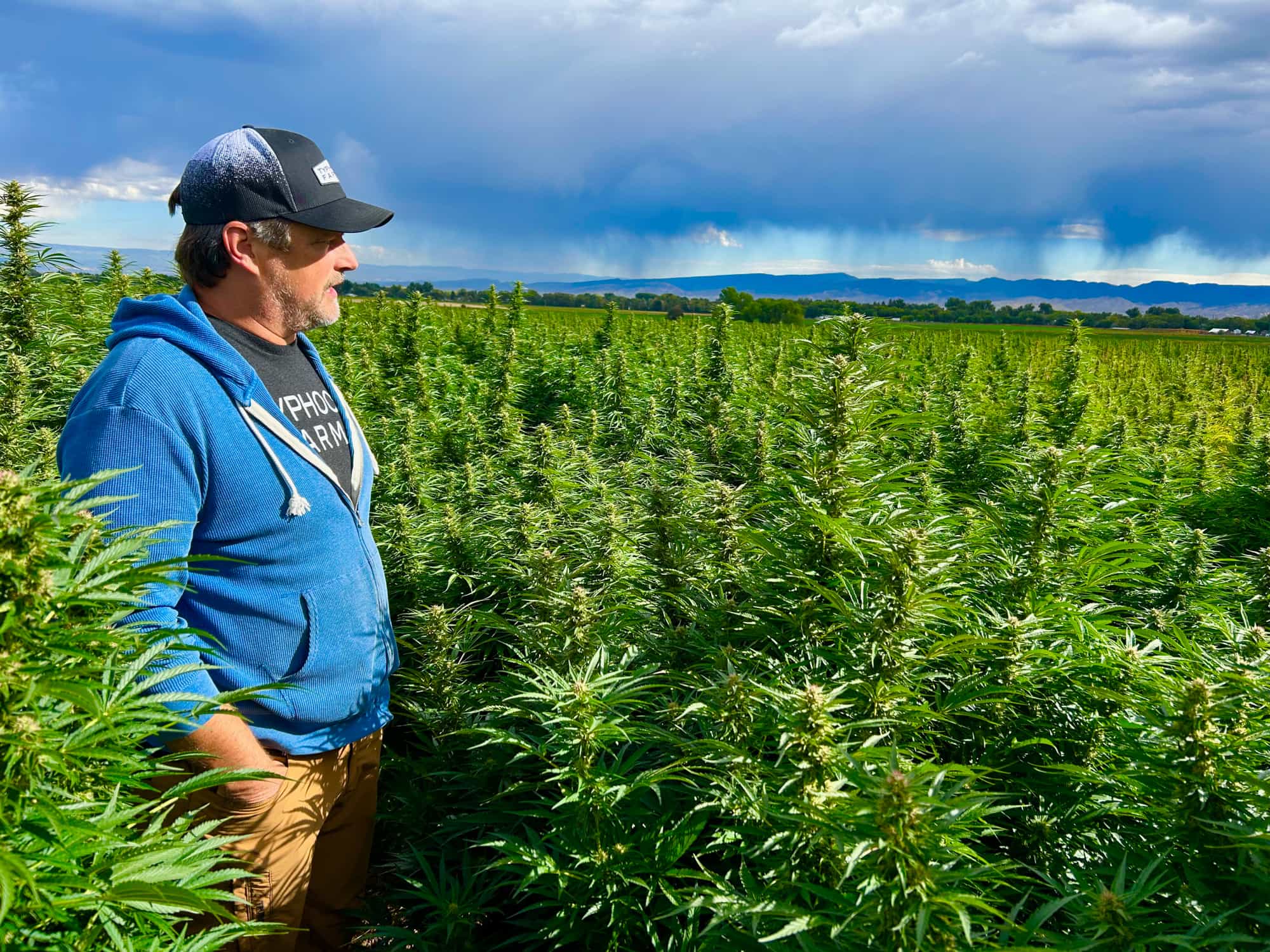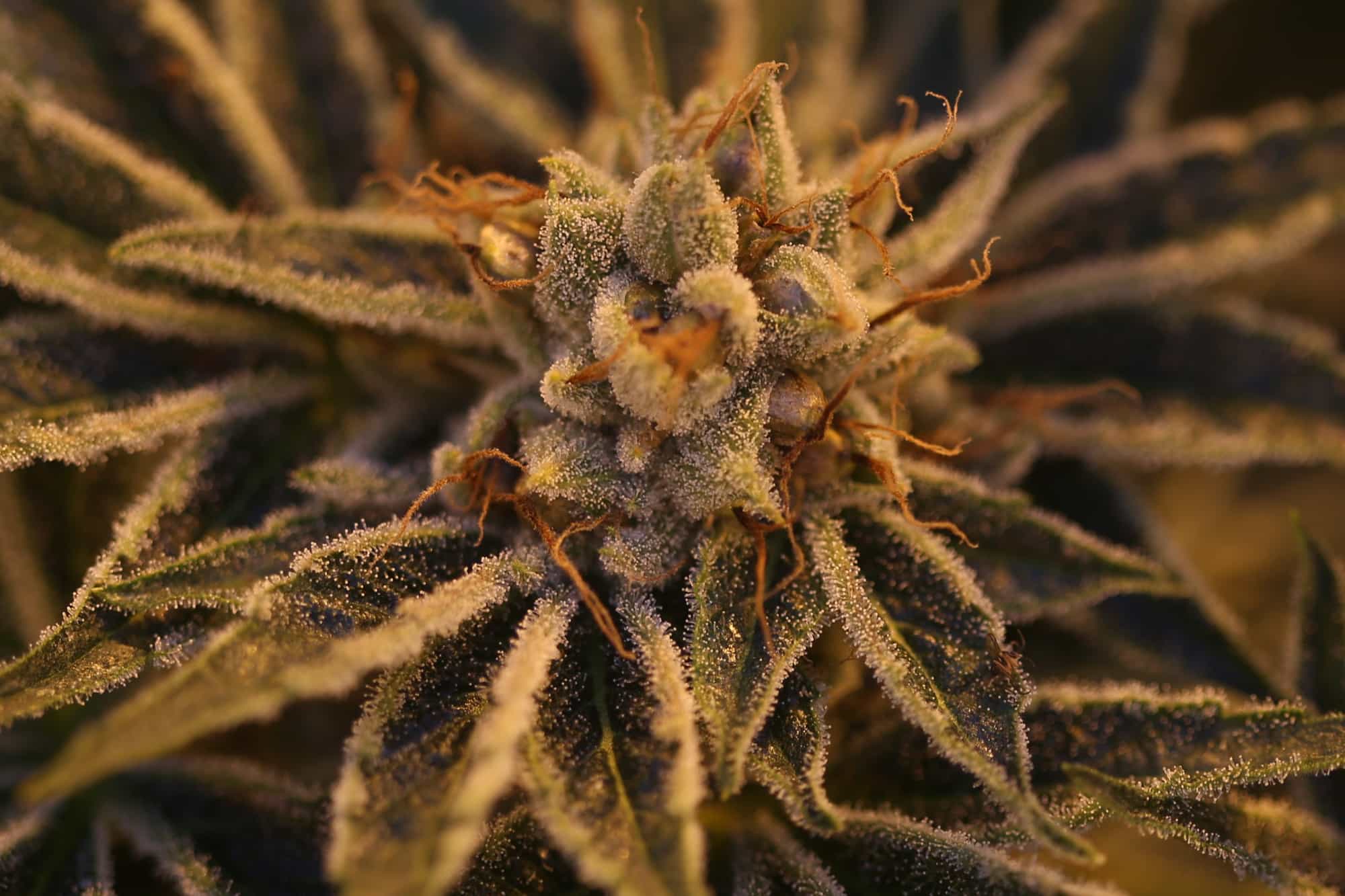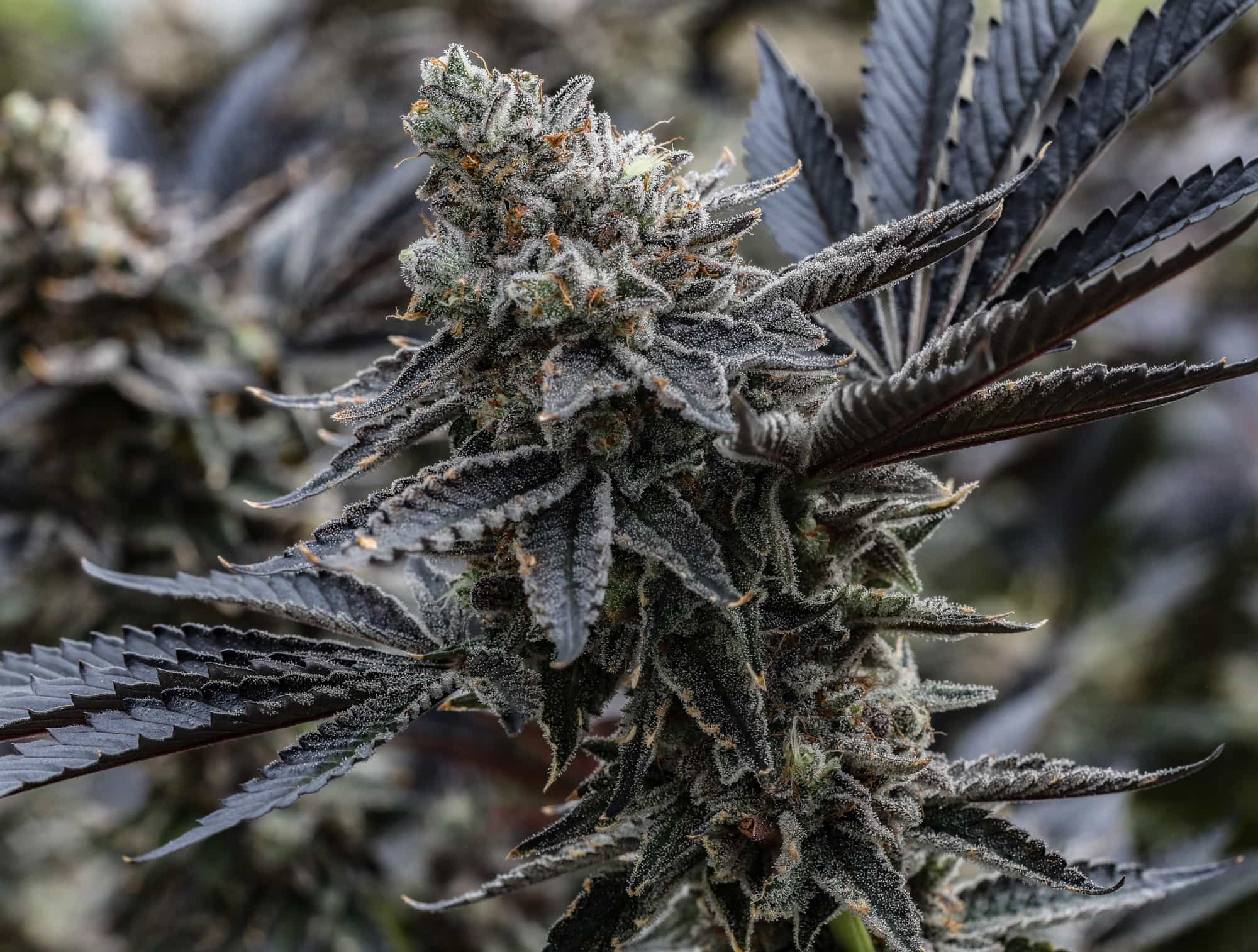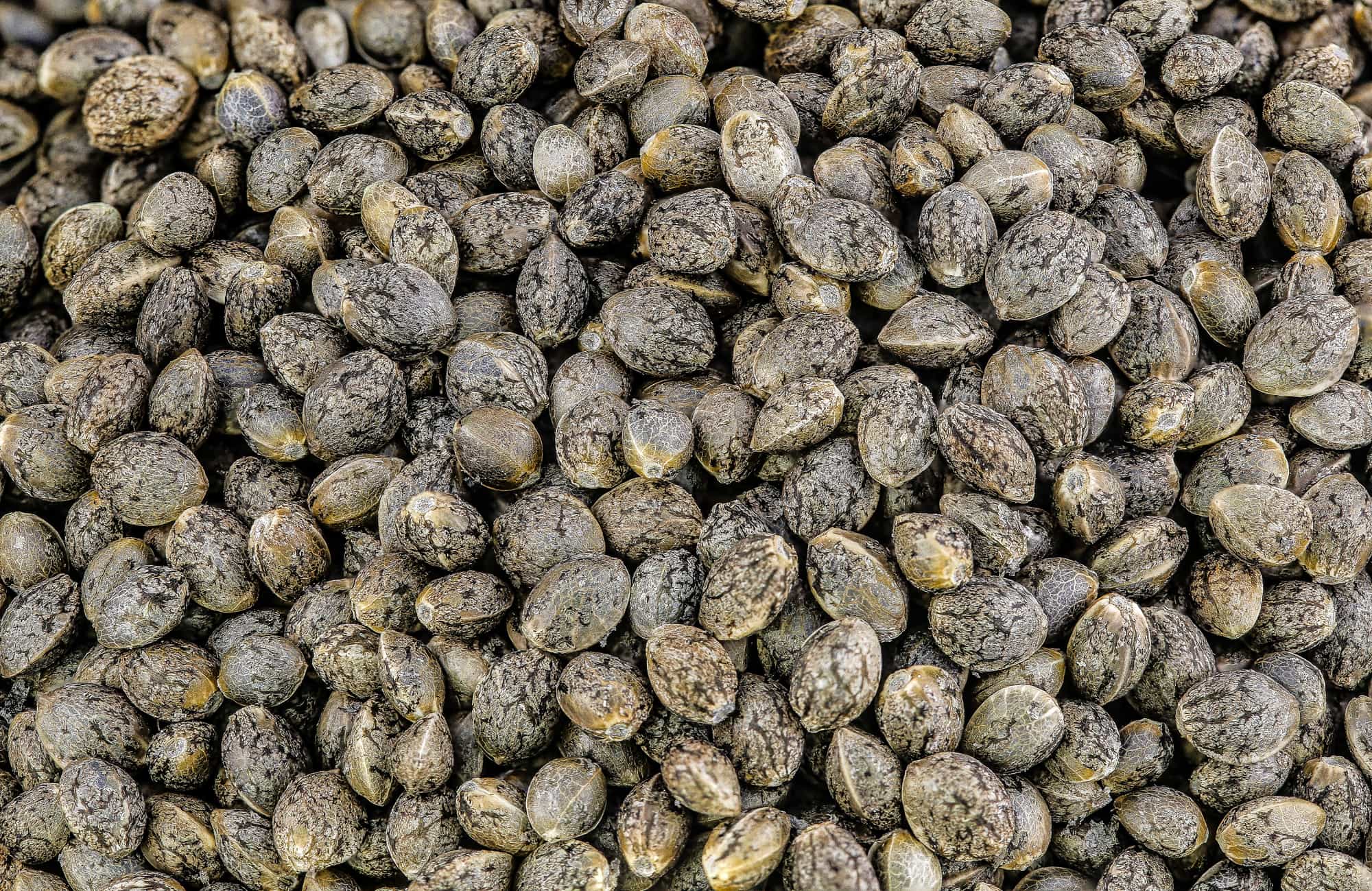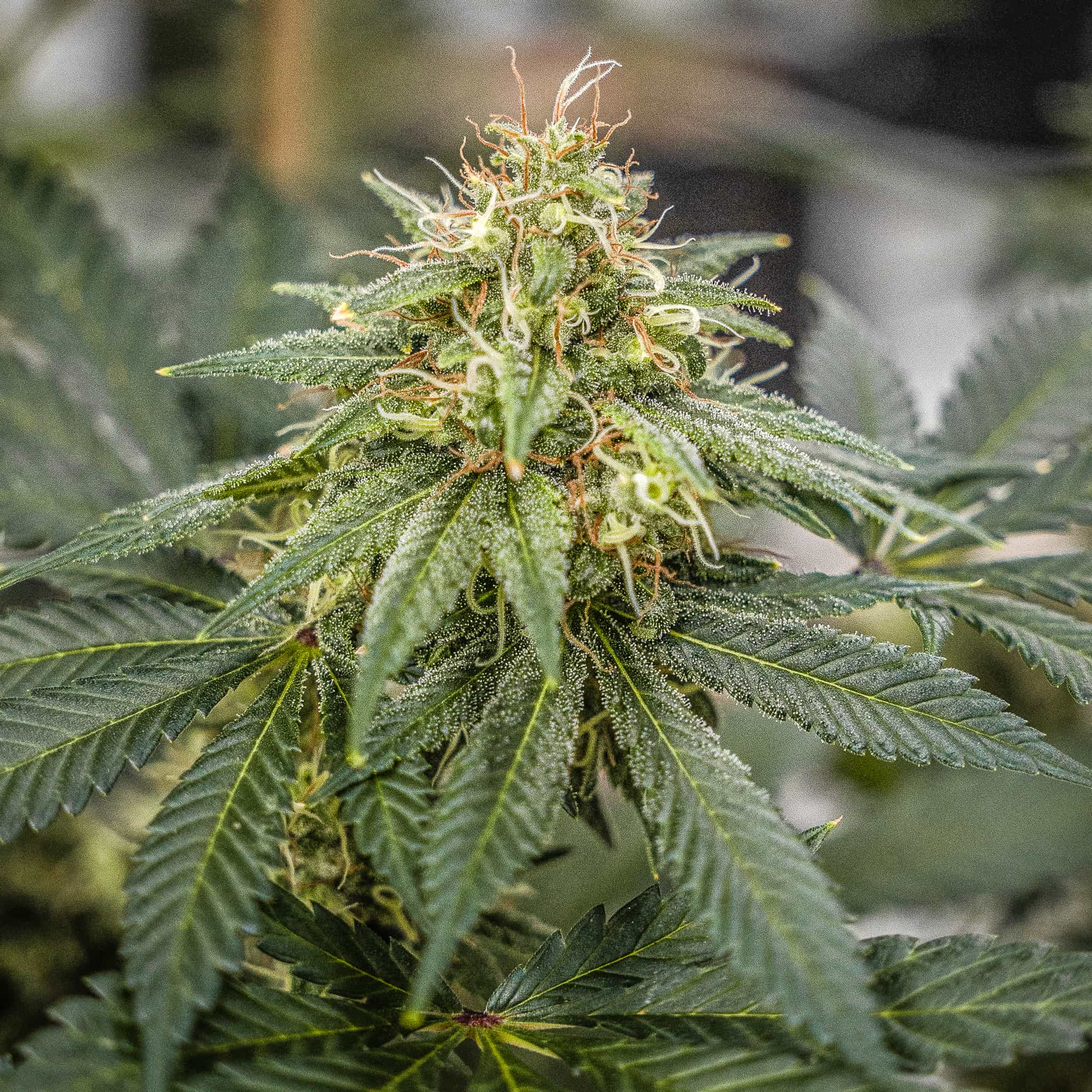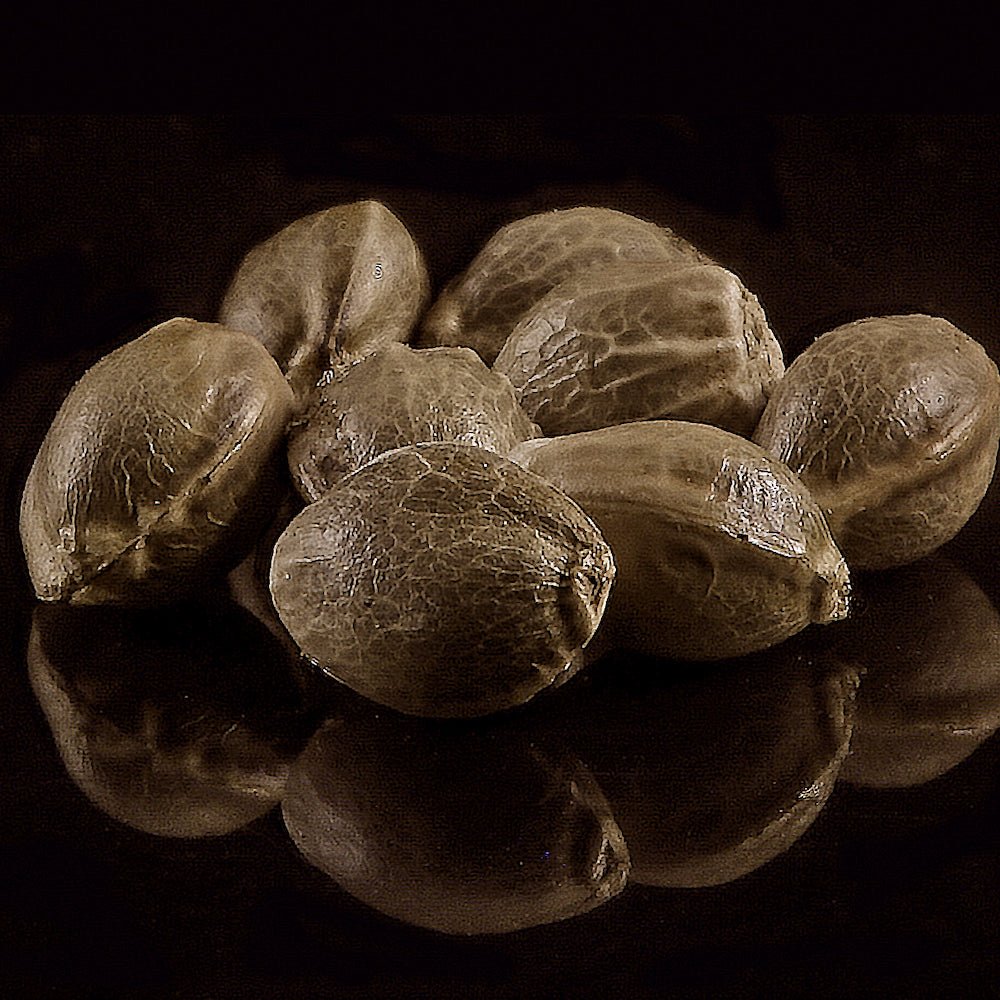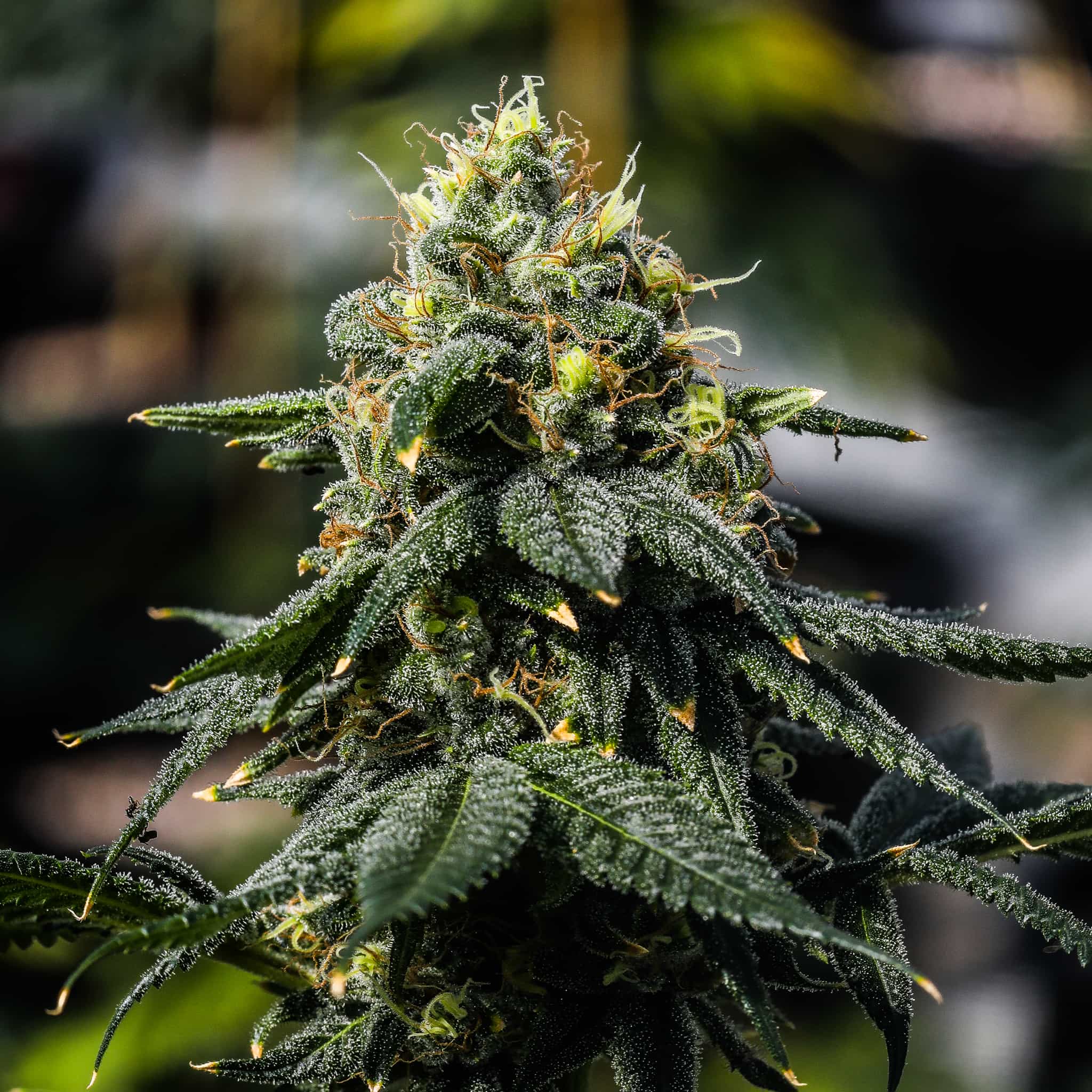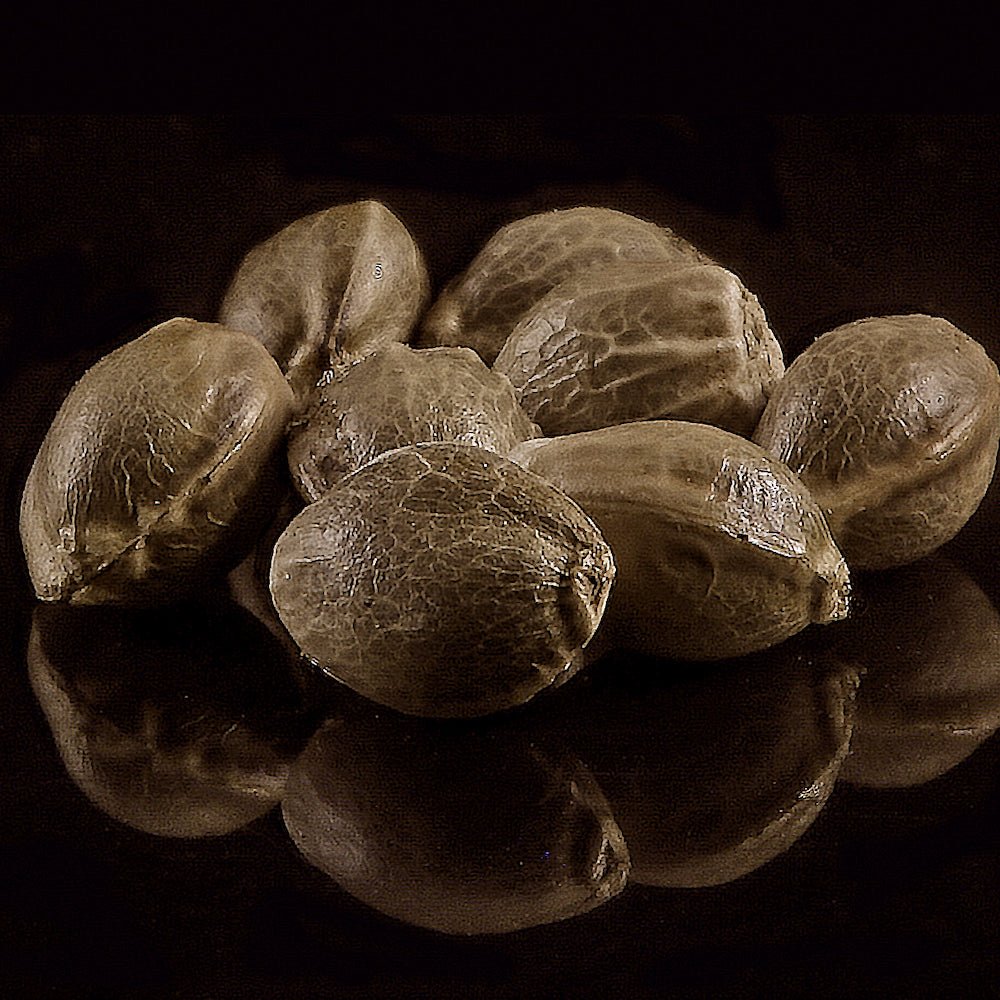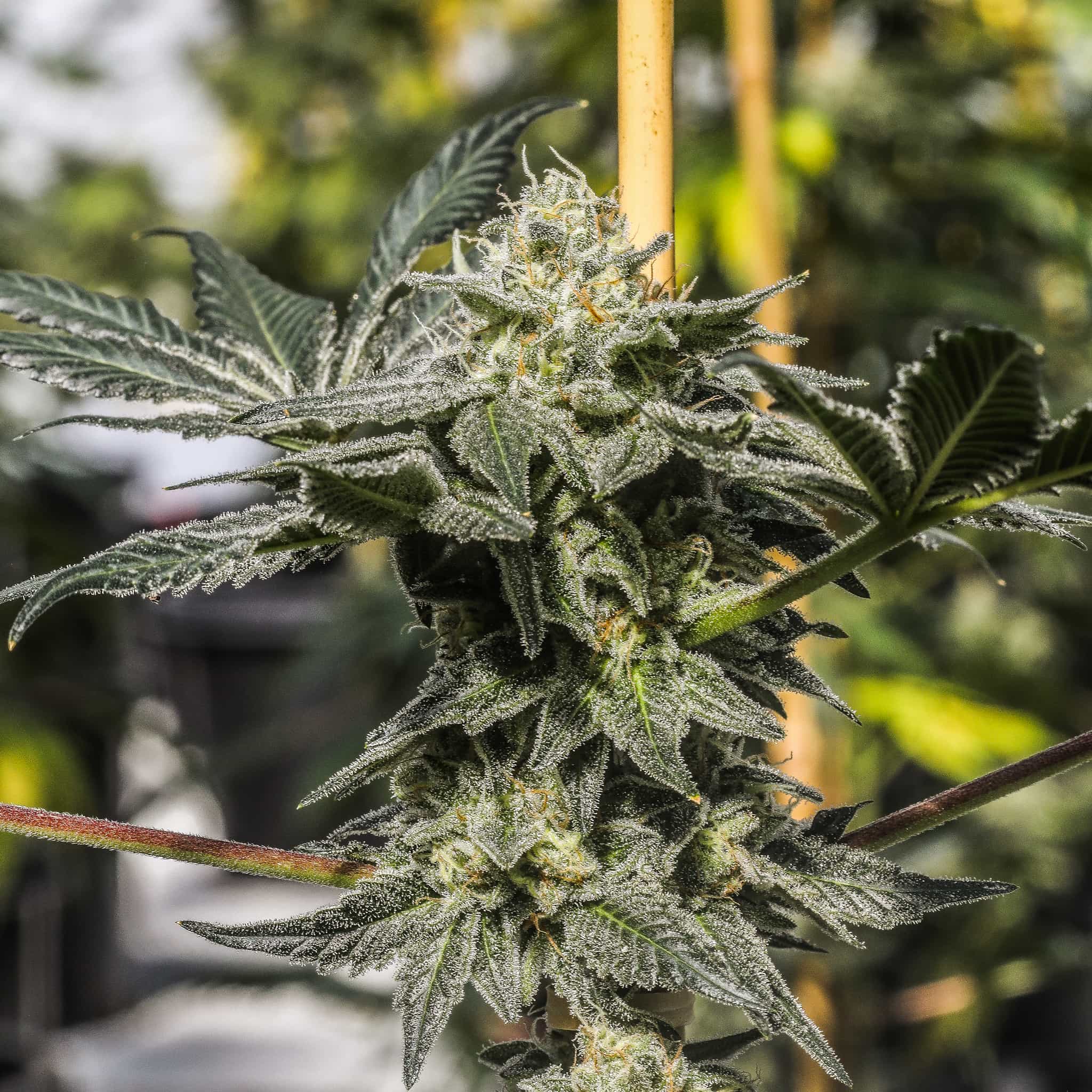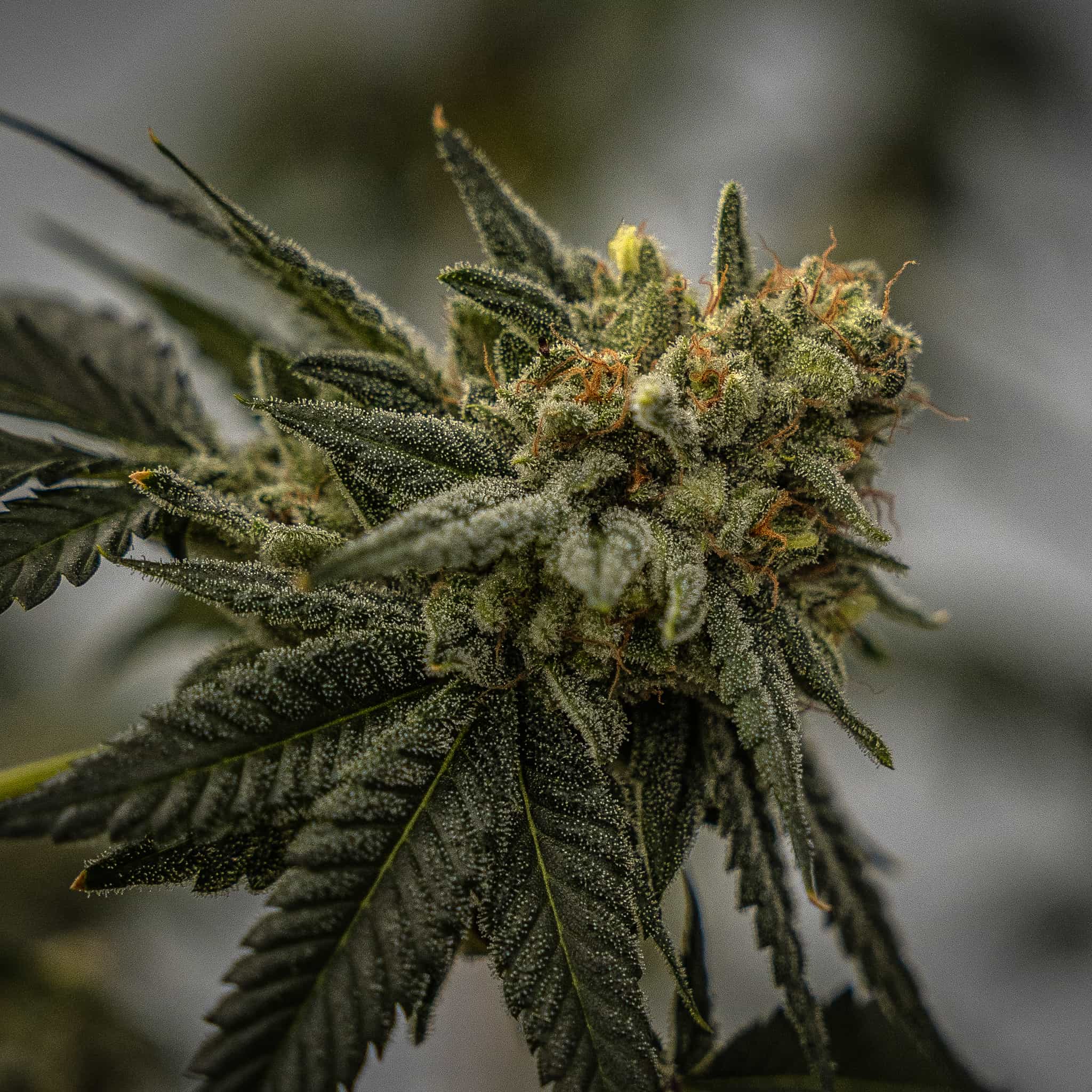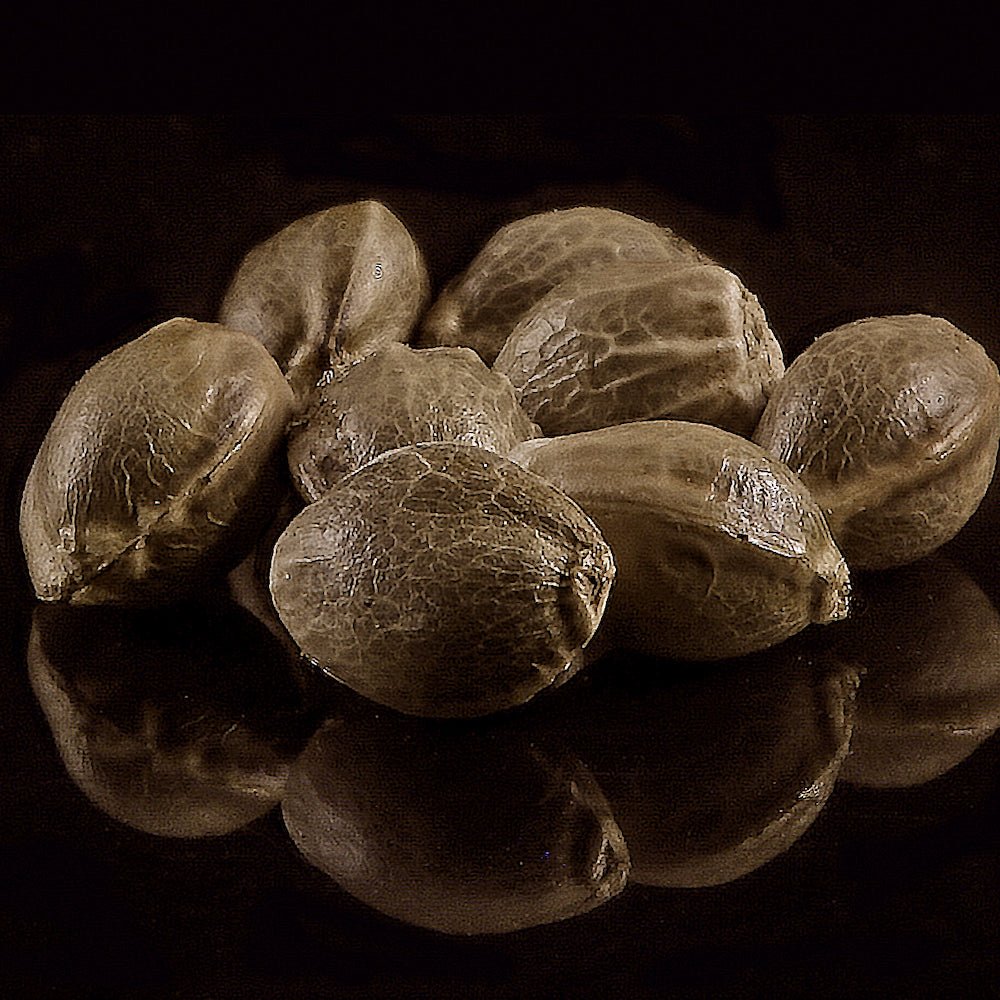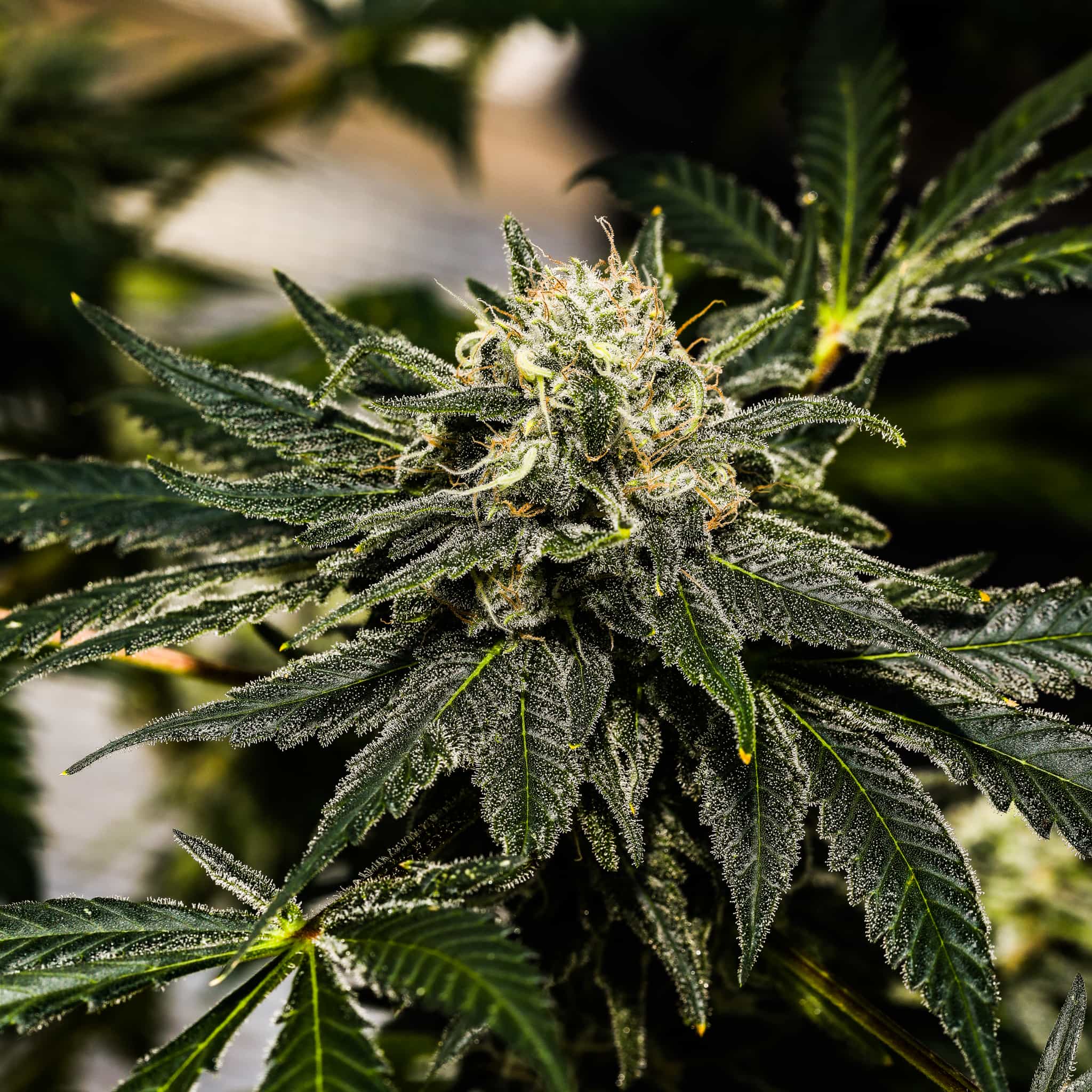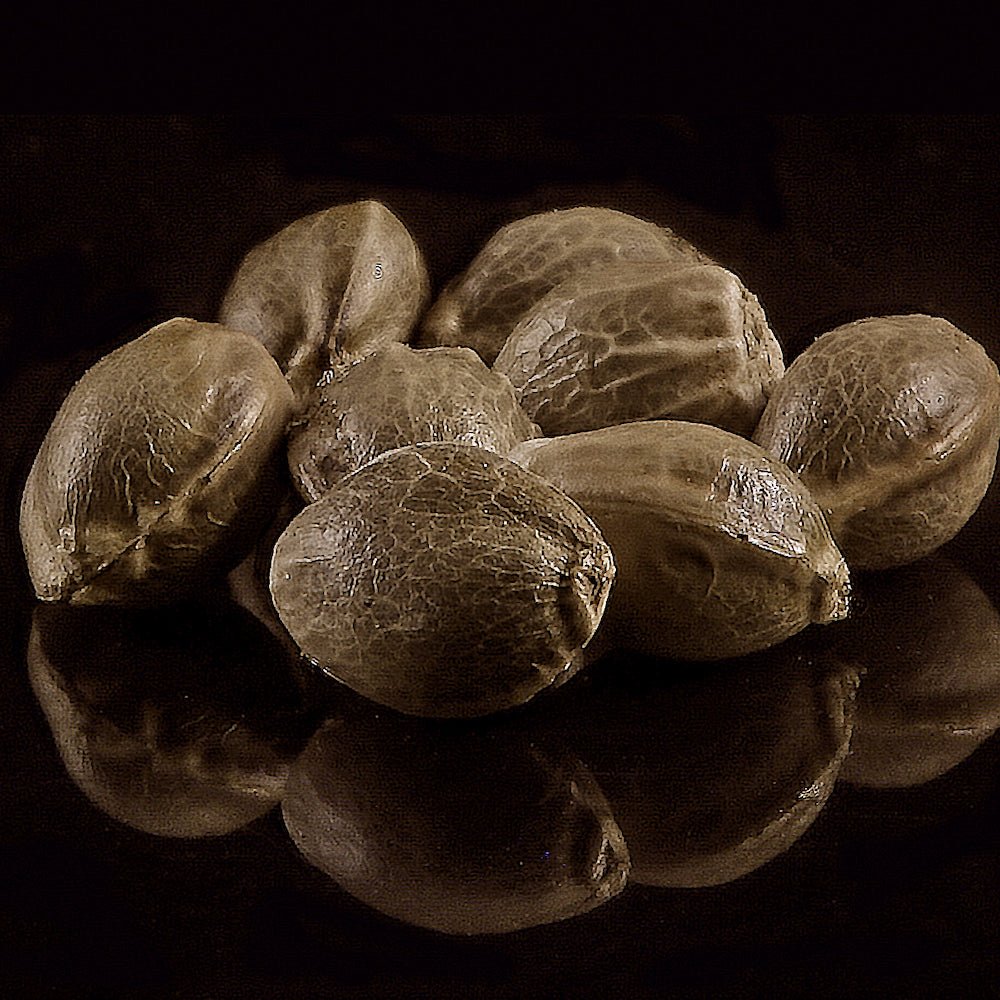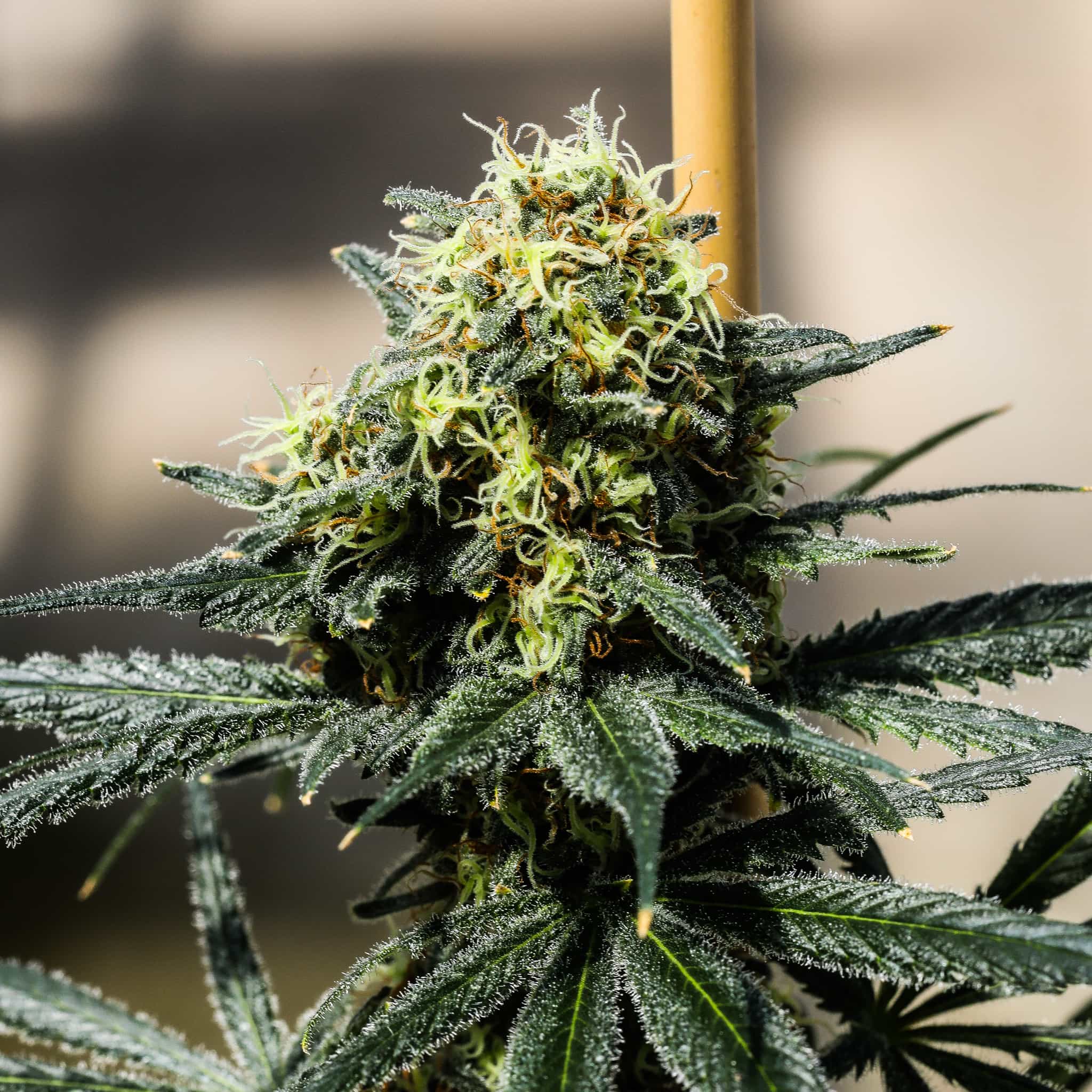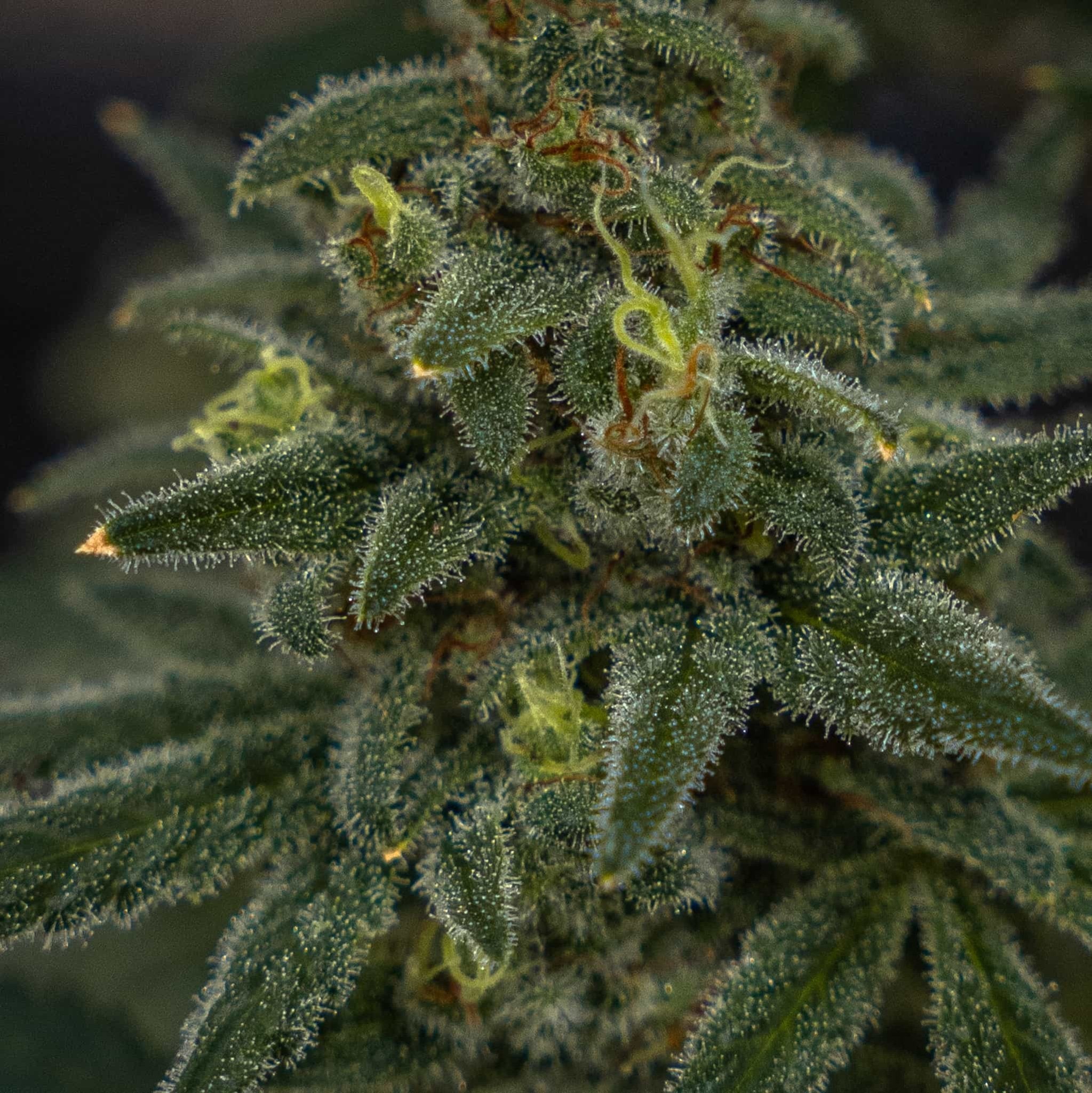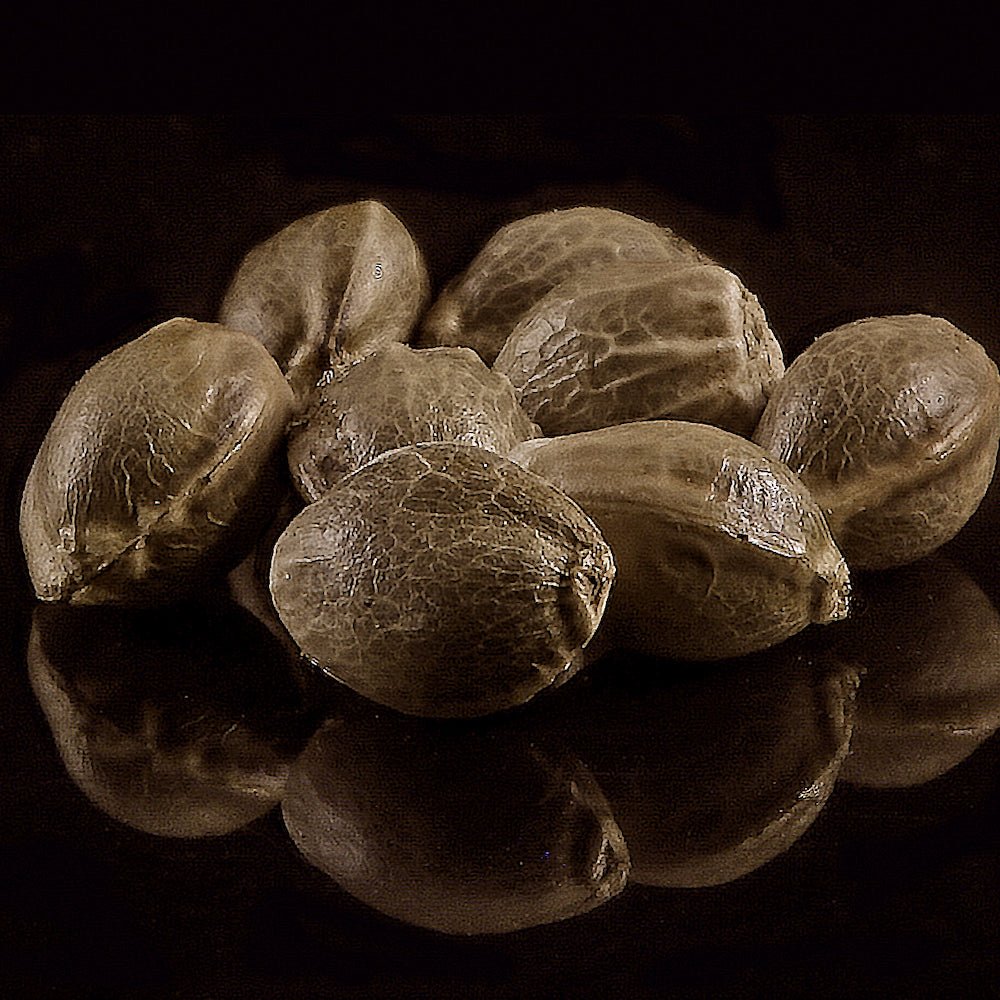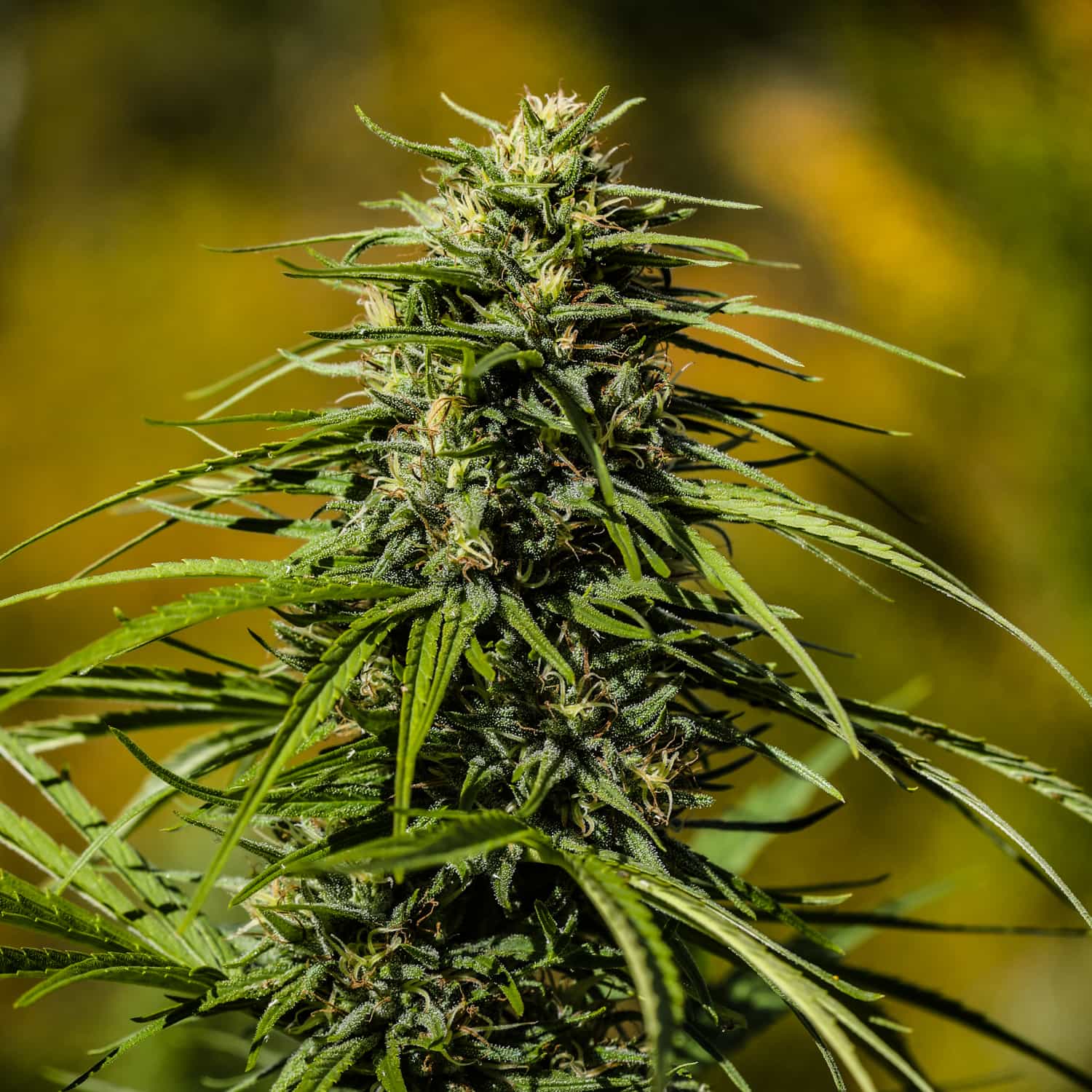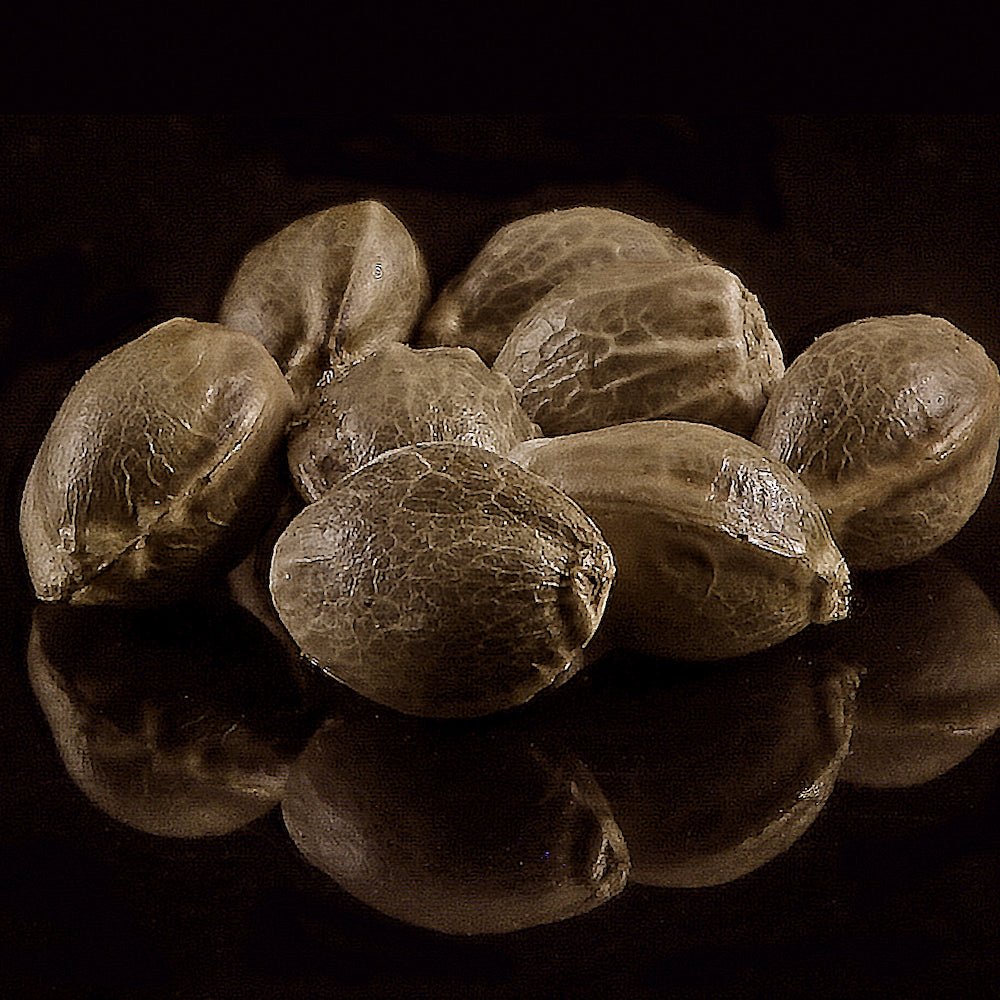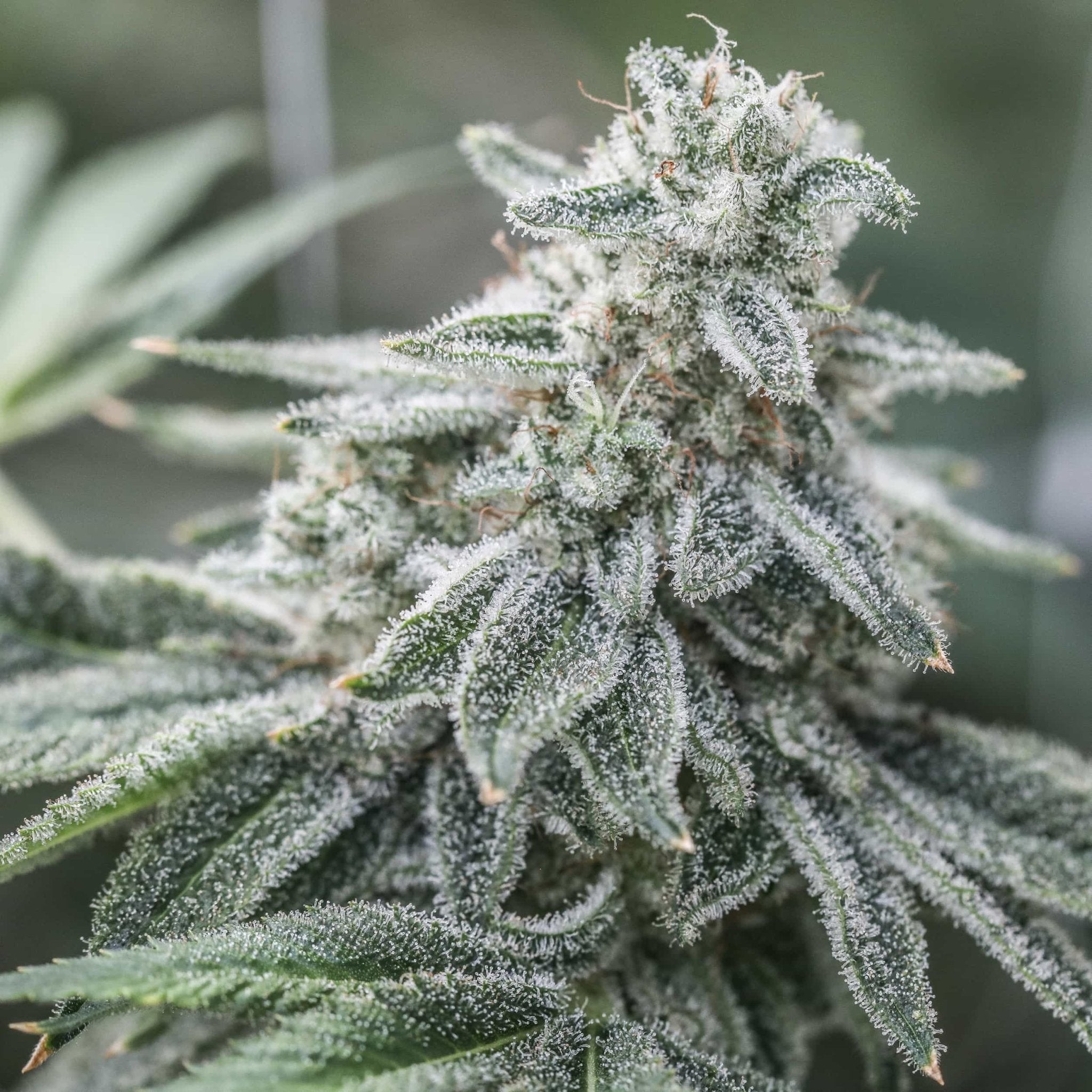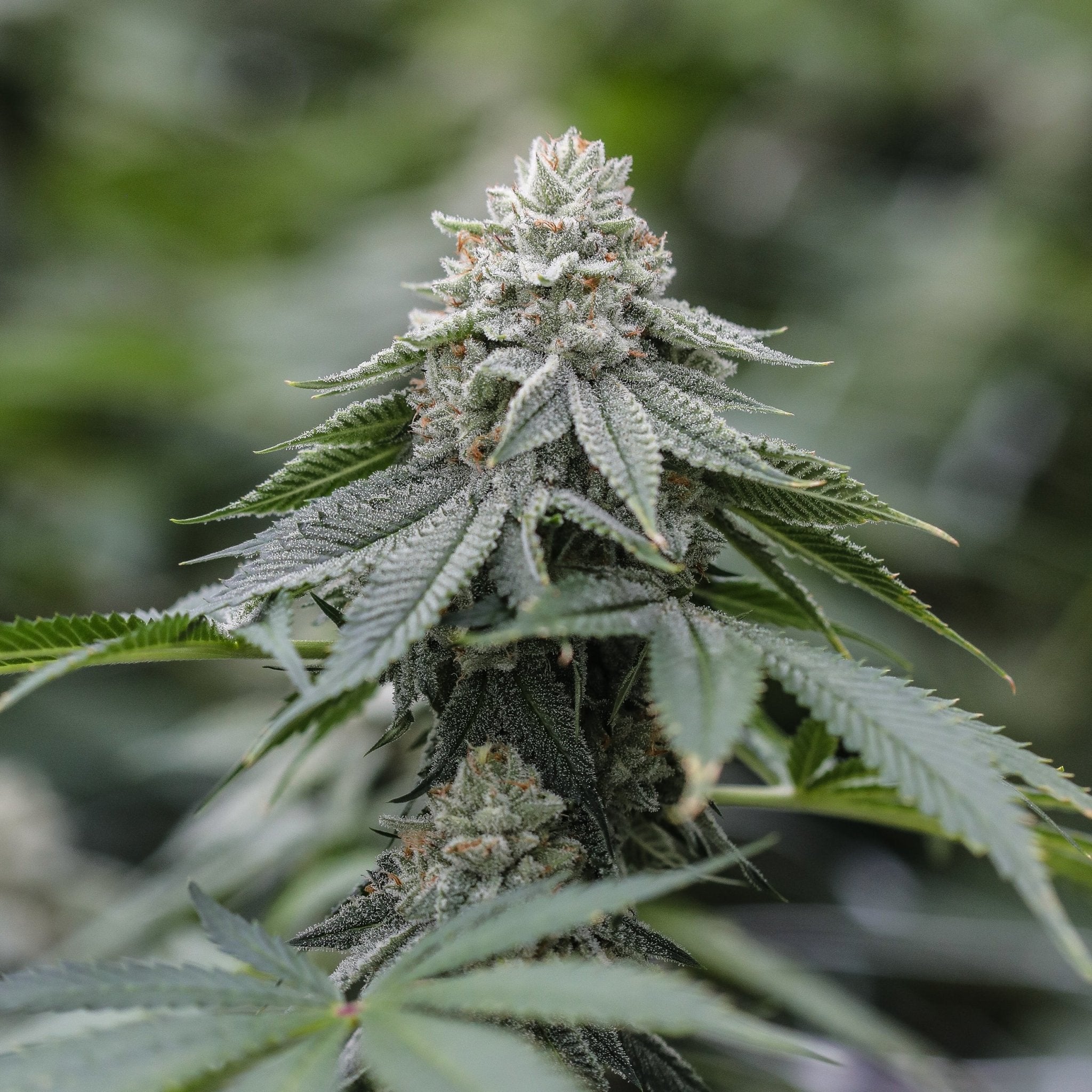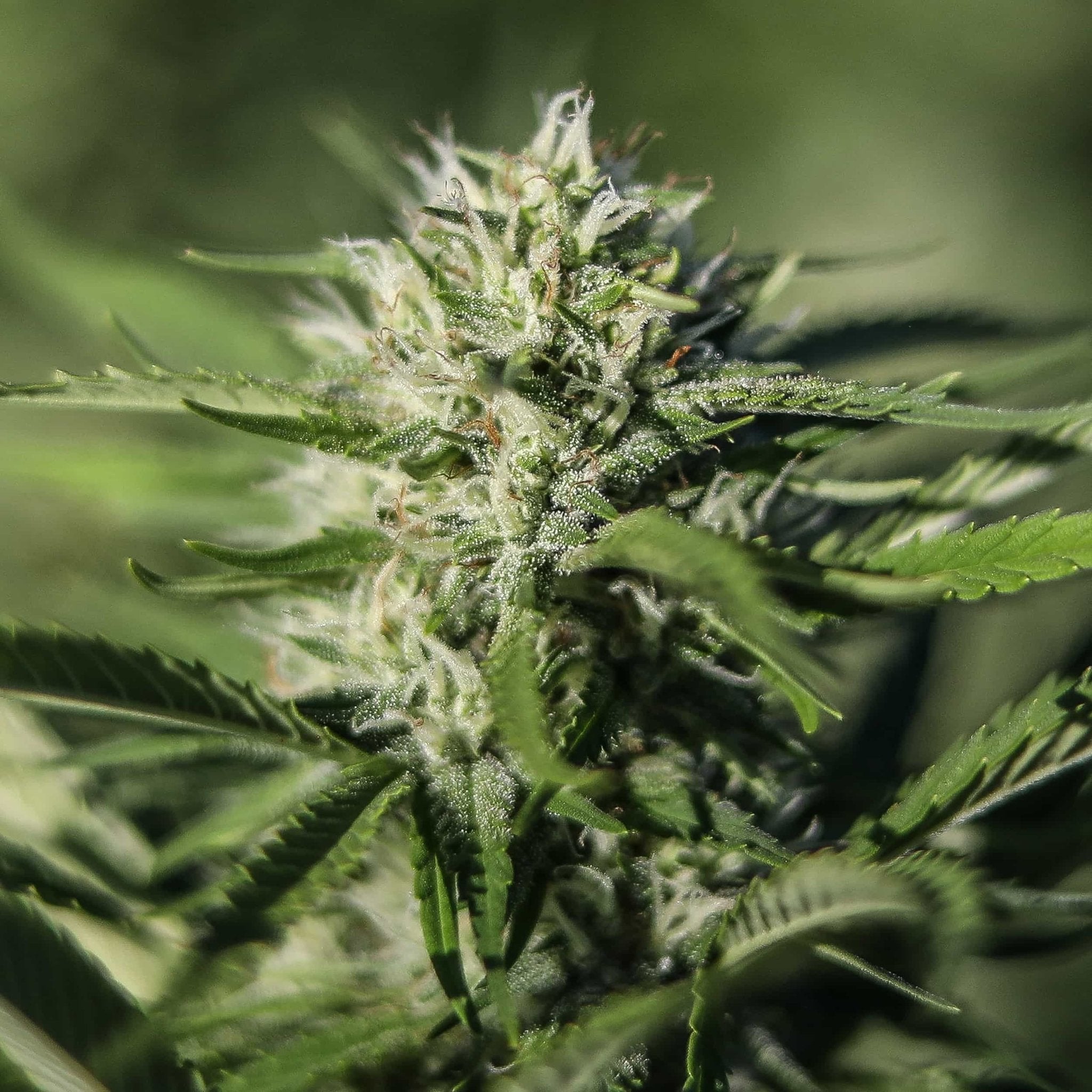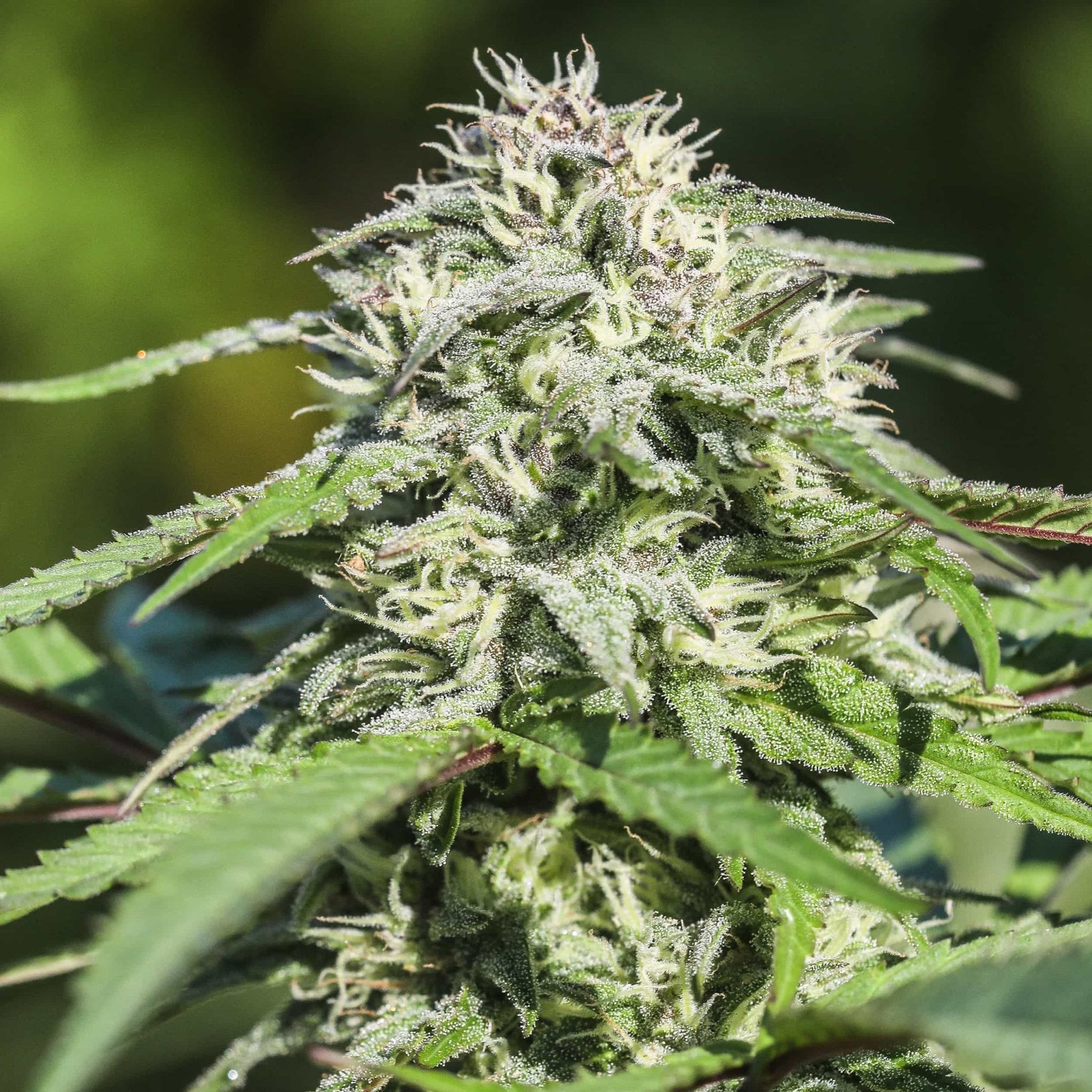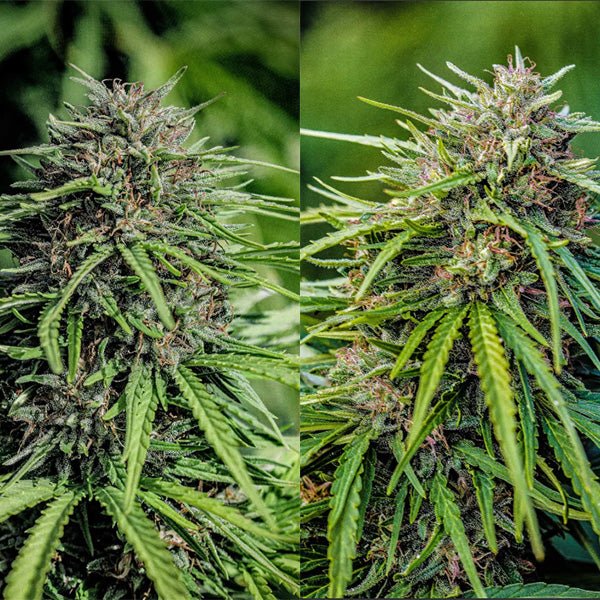How to Make Cannabis Salves and Tinctures: A Step-by-Step Guide
Cannabis has long been used for its medicinal and therapeutic properties. Making your own cannabis salves and tinctures can be a cost-effective way to harness the benefits of this versatile plant. These DIY preparations are often used for localized relief from pain, inflammation, or skin conditions (salves) or for more systemic effects like stress reduction or sleep support (tinctures). This guide will walk you through the basic steps for creating your own cannabis salves and tinctures.
Making Cannabis Salves
A cannabis salve is an infused topical ointment that you can apply directly to your skin. It’s typically used for localized pain relief, muscle soreness, and skin conditions like eczema or psoriasis.
What You’ll Need:
- Cannabis flowers or concentrates (decarboxylated) – About 1-2 grams of cannabis per ounce of carrier oil (adjust as necessary depending on the potency you desire).
- Carrier oil – Common options include coconut oil, olive oil, or sweet almond oil. Coconut oil is popular due to its additional skin benefits.
- Beeswax – This helps the salve solidify and gives it the right consistency.
- Optional: Essential oils for added fragrance or therapeutic effects (e.g., lavender or eucalyptus).
- Double boiler or slow cooker – To infuse the cannabis with the oil.
- Cheesecloth or fine mesh strainer – To strain the plant material out of the oil.
Steps:
-
Decarboxylation of Cannabis: Decarboxylating your cannabis is crucial to activate the cannabinoids, such as THC and CBD, turning them into their psychoactive or therapeutic forms.
- Preheat your oven to 240°F (115°C).
- Break the cannabis into small pieces and spread it evenly on a baking sheet.
- Bake for about 30-40 minutes, stirring occasionally to ensure even heating.
- Allow it to cool after removing from the oven.
-
Infusing the Oil:
- In a double boiler or slow cooker, add the carrier oil (about 1 cup) and cannabis (1-2 grams for every ounce of oil).
- Heat the mixture on low for 2-3 hours, stirring occasionally. Ensure the temperature doesn’t exceed 200°F (93°C) to avoid degrading the cannabinoids.
- Check the oil’s potency by testing a small amount of it on your skin. You can adjust the strength by adding more cannabis if needed.
-
Straining the Oil:
- After the infusion period, remove the oil from the heat and allow it to cool slightly.
- Strain the oil using a cheesecloth or fine mesh strainer to remove any plant material.
-
Making the Salve:
- Return the strained cannabis-infused oil to the heat (if necessary) and add beeswax (about 1 tablespoon of beeswax per ounce of oil).
- Stir until the beeswax is fully melted.
- Remove from heat and allow the salve to cool and solidify in a small jar or container.
-
Storage:
- Store the salve in a cool, dark place. It should last for several months if stored properly.
Making Cannabis Tinctures
Tinctures are liquid extracts that you can take orally for a faster onset of effects. They are made by extracting cannabinoids and other beneficial compounds from cannabis into alcohol or glycerin.
What You’ll Need:
- Cannabis flowers or concentrates (1 ounce of cannabis for every 2-3 cups of alcohol).
- High-proof alcohol (Everclear or another 95%+ alcohol is ideal, but if not available, you can use 100-proof vodka).
- Glass jar with a tight-fitting lid.
- Strainer or cheesecloth.
- Dropper bottles for storage and application.
Steps:
-
Decarboxylate the Cannabis: Just like for salves, you need to decarboxylate the cannabis to activate the cannabinoids.
- Preheat your oven to 240°F (115°C).
- Break the cannabis into small pieces and spread it evenly on a baking sheet.
- Bake for 30-40 minutes, then let it cool.
-
Prepare the Cannabis and Alcohol:
- After decarboxylating, place the cannabis in the glass jar.
- Pour the alcohol over the cannabis, ensuring the plant material is fully submerged.
- Seal the jar tightly with a lid.
-
Infusion Process:
- Store the jar in a cool, dark place (such as a cupboard or pantry).
- Shake the jar once or twice a day for about 2-3 weeks. The longer you let it sit, the stronger the tincture will be.
- During this time, the alcohol will extract the cannabinoids and other beneficial compounds from the cannabis.
-
Straining the Tincture:
- After the infusion period, strain the tincture through cheesecloth or a fine mesh strainer to remove the plant material.
- You can also press the plant material to extract any remaining liquid.
-
Storage and Dosage:
- Pour the strained tincture into dropper bottles for easy storage and use.
- Start with a small dosage (1-2 drops under the tongue) and gradually increase as needed. Tinctures tend to work quickly, so start slow and assess the effects.
Tips for Success:
- Testing Potency: When making either tinctures or salves, the potency of your final product depends on the cannabis you use. If you’re using concentrates, the potency will be much higher, so adjust the quantity accordingly.
- Flavoring: For tinctures, you can add flavoring agents like vanilla, mint, or citrus zest to mask the taste of alcohol if preferred.
- Adjusting the Recipe: Experiment with the ratio of cannabis to oil or alcohol to find the potency that works best for your needs. You can make stronger or milder tinctures and salves by adjusting the amount of cannabis used.

